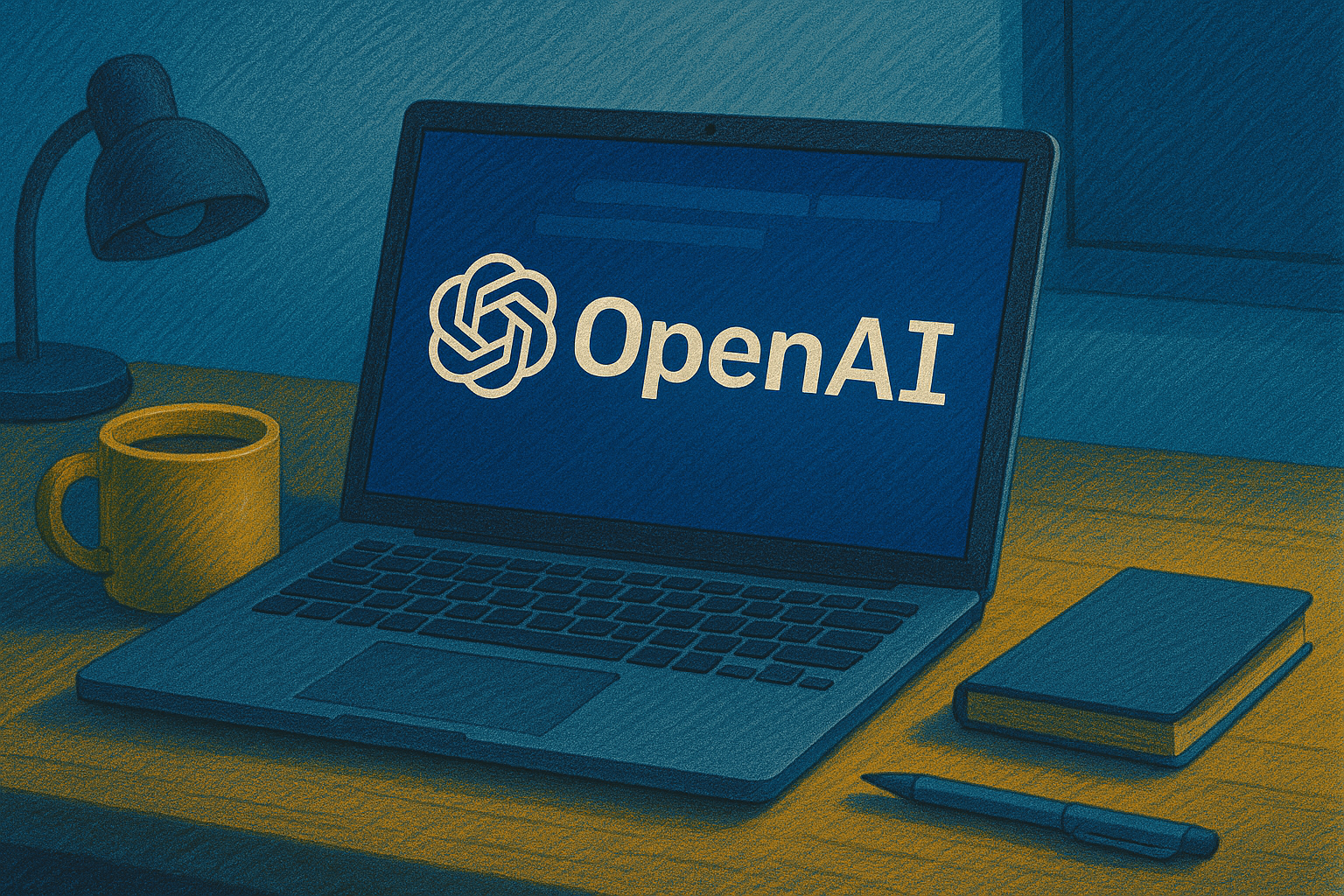Behavioural Risk Intelligence has launched the Behavioural Risk Index (BRI), a new psychometric tool designed to quantify behavioural risk within executive teams and strengthen organisational resilience. The model combines behavioural psychology with data science to analyse how collective traits influence strategic performance and failure.
Developed from more than forty years of behavioural and causal data, the BRI model isolates fifteen underlying vulnerabilities — recurring personality traits and cognitive biases that can undermine decision-making under pressure. Behavioural Risk Intelligence’s research shows that organisations whose leadership teams exhibit these traits are 40 per cent more likely to face product obsolescence within five years. It also finds that behaviour under stress contributes to 75 per cent of critical system errors.
Founder Simon Keslake said the greatest threat to an organisation’s stability often originates inside its own leadership structure. “The greatest risk to an organisation’s resilience often lies not in external threats, but within the executive suite itself. Behavioural Risk Index shifts the focus from symptoms to the root cause — the predictable behavioural vulnerabilities within top leadership teams.”
The model uses Structural Equation Modelling to map the relationships between team behaviour and thirteen categories of organisational failure, including execution breakdowns and unauthorised activity. It evaluates a leadership team’s collective personality rather than individual performance, based on the premise that shared behavioural patterns remain stable over time and are central to an organisation’s overall risk profile.
Behavioural Risk Intelligence has also introduced the Behavioural Risk Index Certification Programme, a two-day course for consultants and practitioners in human resources, organisational development, strategy, and risk. The programme provides training in how to apply the model within client organisations and integrate behavioural diagnostics into governance and decision-making processes.
Keslake said the initiative addresses a growing need for tools that move beyond identifying what a risk is, to understanding why it arises. He added that the ability to recognise behavioural vulnerabilities before they escalate can help organisations strengthen decision-making and improve long-term adaptability.
Behavioural Risk Index positions behavioural insight as a measurable component of business resilience — enabling boards and advisers to anticipate weaknesses, protect performance, and respond more effectively to complex challenges.





You must be logged in to post a comment.